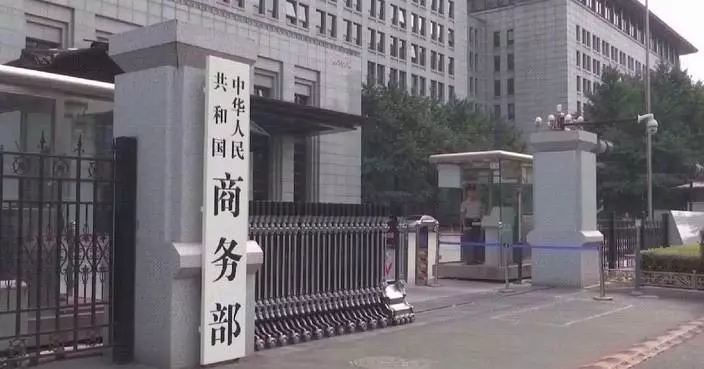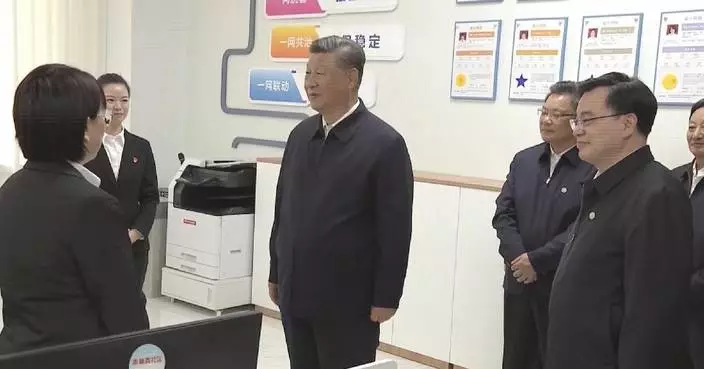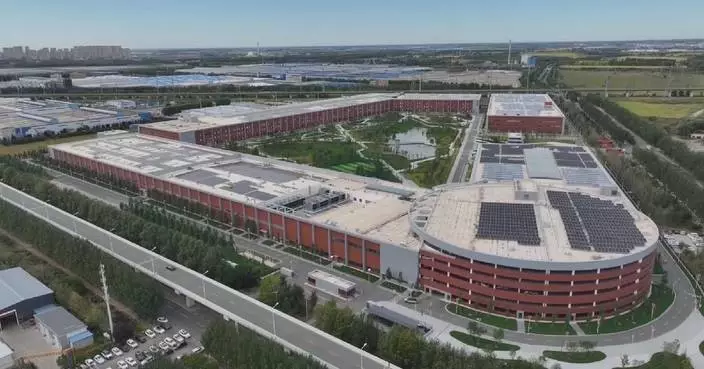The Shenzhou-18 crew members, with their mission entering its latter half, have continued to conduct various studies, research and essential daily tasks aboard the China space station Tiangong.
The China Manned Space Agency (CMSA) on Sunday released the latest footage of the crew, showcasing their ongoing work in space science experiments, station environment monitoring and station management.
Since the Shenzhou-18 mission launched on April 25, astronauts Ye Guangfu, Li Cong, and Li Guangsu have been in orbit for more than four months, with their space mission now entering its latter half.
Last week, the crew focused on a program to improve the habitability of the space station, completing panoramic imaging and 3D scanning of the station.
This research collects data on spatial dimensions, equipment layout, and user interface usability to identify and analyze habitability issues, offering data support for improving the design of future space stations.
In addition, the astronauts also used the space Raman spectrometer for in-orbit nutritional metabolomics research, analyzing metabolites in urine samples.
They have also collected relevant data and completed pharmacokinetic studies to assess the impact of long-duration flights and provide reference for in-orbit medication.
In the field of space life sciences and biotechnology, the crew conducted research on space radiation damage and adaptability of anaerobic archaea using a small centrifuge module.
The research aims to test their survival under Mars-like conditions and extreme cosmic radiation, contributing to the search for extraterrestrial life.
Other experiments in microgravity fluid physics, combustion science, and space materials science also proceeded as planned.
The crew has been involved in replacing samples in fluid physics cabinets and containerless cabinets and performing vacuum operations in the combustion chamber.
Furthermore, Shenzhou-18 crew conducted regular medical check-ups, including ultrasound, electrocardiograph, and blood pressure tests, to monitor their health dynamically.
In terms of station management, they have completed tasks such as cabin cleaning and maintenance.
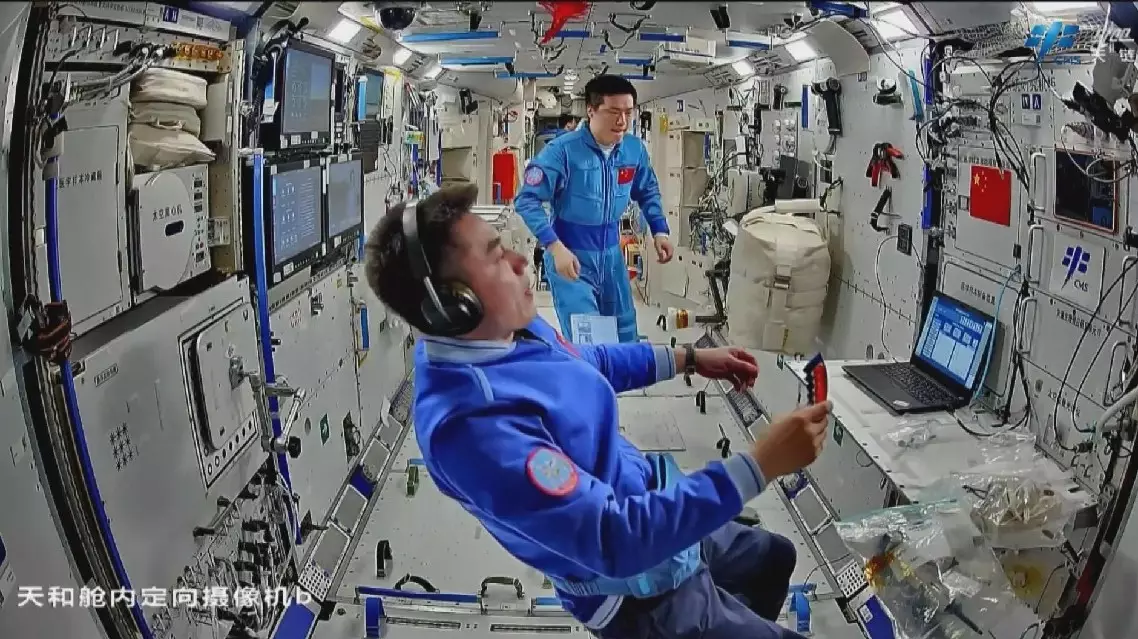
China’s Shenzhou-18 crew continues to advance scientific experiments, daily operations in space

China’s Shenzhou-18 crew continues to advance scientific experiments, daily operations in space
Many Singaporeans support raising the re-employment age, partly to stay busy and active in retirement, and to help address demographic challenges in the workforce.
Like many other Asian countries, Singapore is grappling with a rapidly aging population. The government predicts that by 2030, one in four Singaporeans will be aged 65 or older, up from one in 10 two decades ago.
A survey on retirement and employment conducted last year in the country found broad support for raising the national retirement age, with about 88 percent of those aged 50 and above in favor.
Some supported increasing the retirement age because continuing to do what they love, rather than retiring, keeps them feeling youthful and fulfilled.
When Nancy Hor, a retired IT operations manager, left her job five years ago, she wasn't sure how to fill her time.
"I'm a workaholic. At the very first stage after I retired, I felt I could not find balance," she said.
Hor, now 70, said it took her some time to adjust. In her spare time, she stays busy line dancing and spending time with her family.
But she said that if she had had the choice, she would have liked to stay employed a little longer.
"I think it's good for the elderly that even they have some job to do, and keep them busy," said Hor.
In March, authorities announced plans to raise the retirement age to 64 and the re-employment age to 69 by 2026.
Singapore's Minister of State for Manpower, Gan Siow Huang, said the changes to the rules protect senior workers from dismissal due to age-related issues before they reach the statutory retirement age. Employers are also required to offer re-employment to eligible workers until they reach the statutory re-employment age limit.
This follows a similar move made two years ago to raise the retirement and re-employment ages to 63 and 68, respectively. The city-state is also aiming for a retirement age of 65 and a re-employment age of 70 by 2030.
"That is to reduce the impact on businesses, so it gives time for businesses to adapt their policy. This gradual increase in retirement age basically provides a framework for individuals like myself, who want to continue to be gainfully employed," said Patrick Chang, a retirement planning specialist and the author of the A to Z guide to retirement planning.
Chang said that businesses will need to make adjustments to accommodate the changes, including offering retraining for senior workers.
He noted that the changes won't impact those who still wish to retire earlier, but given Singapore's demographic challenges, the country cannot afford to remain idle.
"If we don't do it now, the social cost could be high. We cannot wait until the time when we need it today, and then we get something done. It will probably be a bit too late, and the cost of getting to that solution will be higher," said Chang.
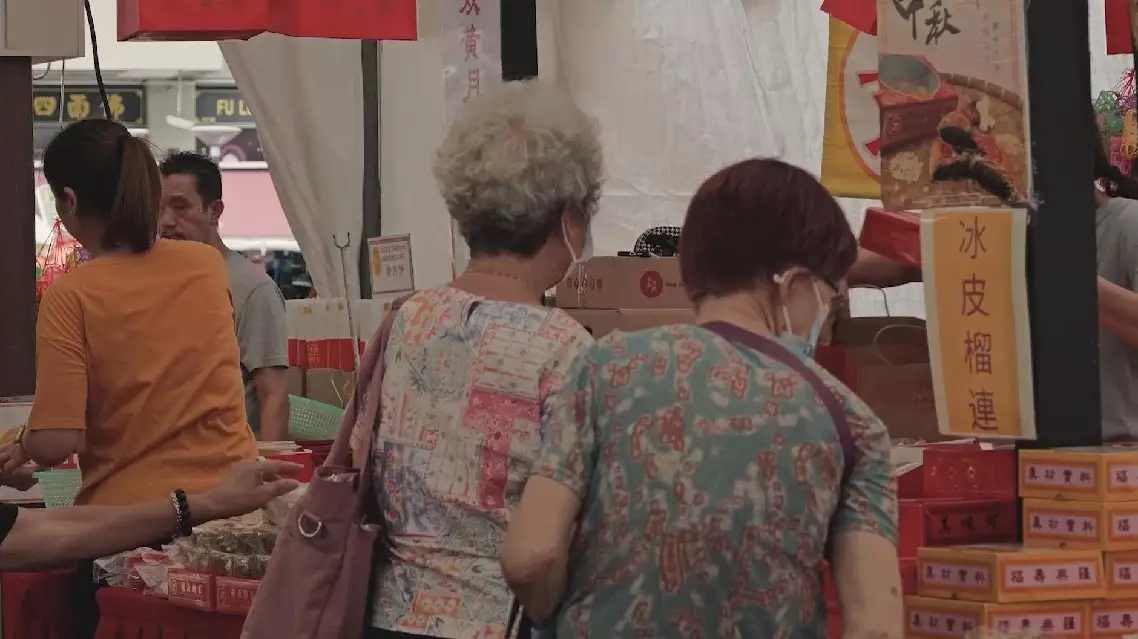
Many Singaporeans support raising retirement, re-employment ages








